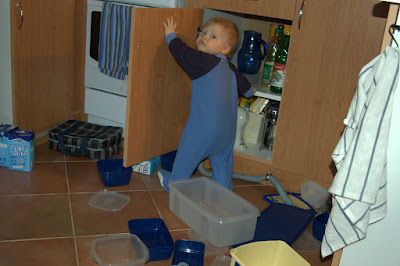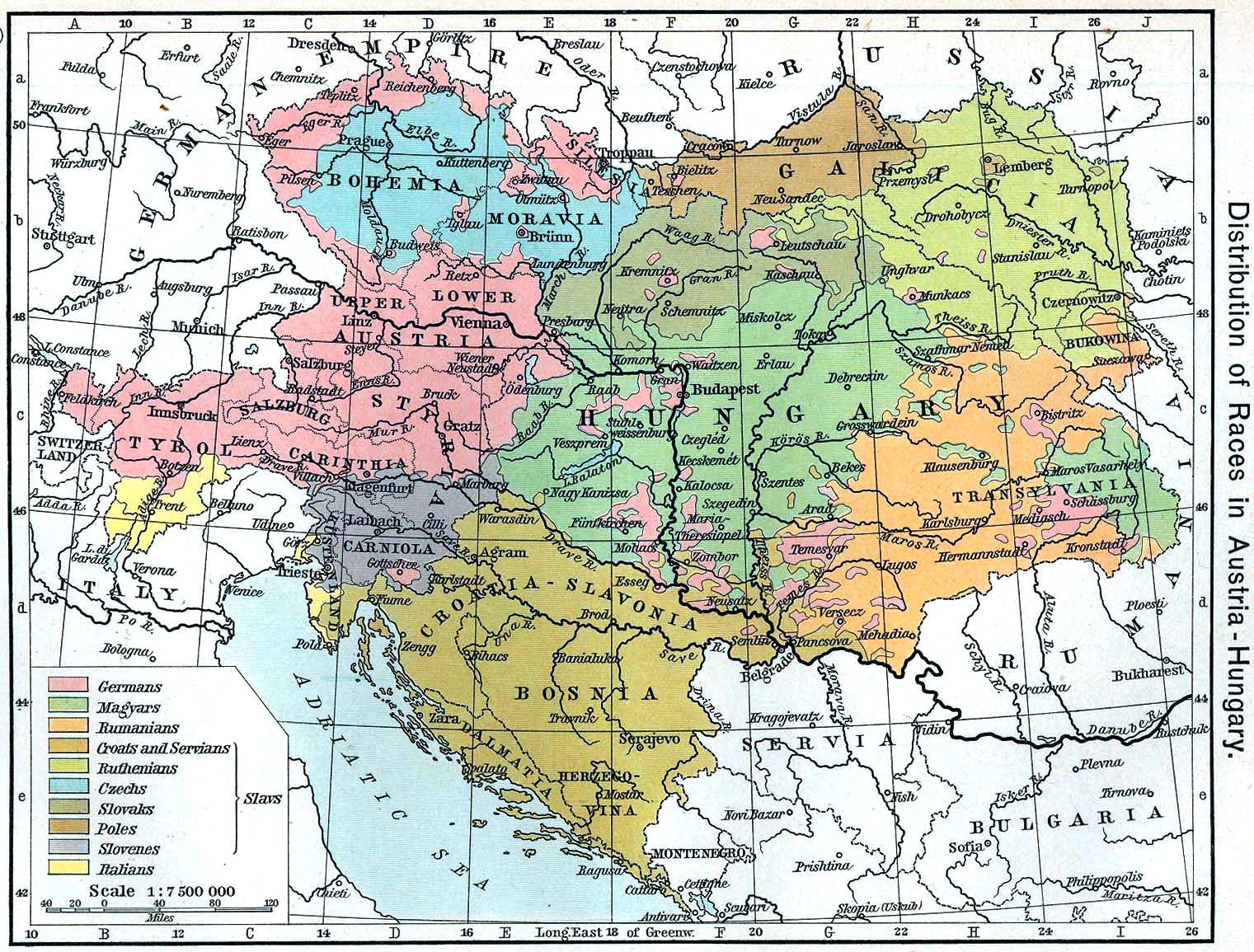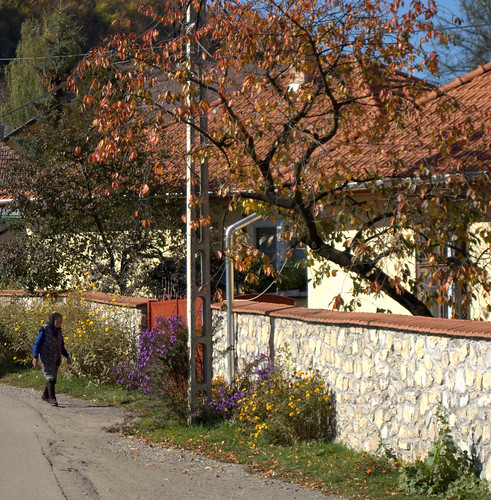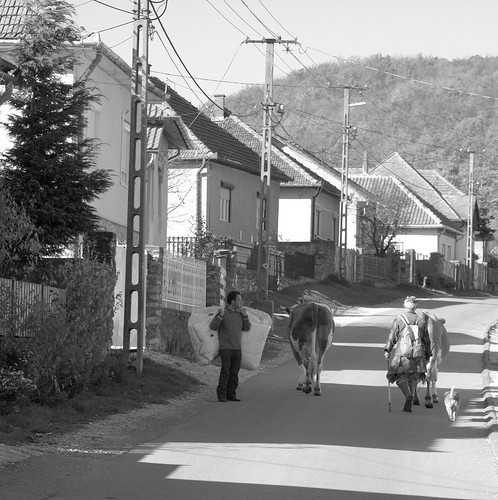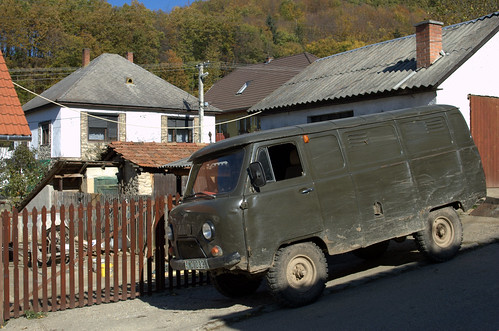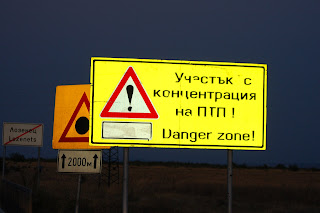Yesterday was a holiday in Hungary - or more like a day of remembrance.

On October 23, 1956 a revolution started in Budapest against the Stalinist government of Hungary and the Soviet occupation.
The revolution started with rallies and protests, but things got violent when the
ÁVH (Hungarian secret police) fired on the protesters in front of the parliament building. Militias were formed and people started fighting against the ÁVH and the Soviet forces, first in Budapest, and then in other places throughout Hungary, using Molotov cocktails and whatever they could find as weapons.
On Oct 28, a ceasefire was made, and Soviet troops withdrew from Budapest. The Hungarians thought at this time that the Soviet army was actually going to leave their country, but on Nov 4, the Soviet army rolled into Budapest and crushed the revolution completely and finally.

It was during this time that Rosemary's dad, Frank (Ferenc), along with about 200,000 others, left Hungary as a refugee. He and a friend he had worked with at a mine in
Szászvár walked across the border; they slept in haystacks at night along the way, and walked through a minefield at the border. They came to a refugee camp in Austria, and eventually made their way to America, first going to Chicago, where the other man, Ambrus (Rosemary's godfather), still lives to this day.
Frank joined the Army, became a US citizen, and was stationed in
Bad Kissingen, West Germany, ironically now defending the western side of the
Iron Curtain.
After returning to America, he got a job offer in California, and decided to go west and leave the cold winters behind, so he packed up his car and drove to Los Angeles.
In Los Angeles, Frank met a woman from Lima, Peru, named Hilda, who had also immigrated to America, and they got married and had two kids - Anthony and Rosemary.
So, for obvious reasons, this revolution is close to our hearts.
Frank left behind some family here in Hungary, who we were able to track down about a year and a half ago, and now we try to keep in touch with them. We found Frank's half-brother, and after searching for Rosemary's family in Hungary for a long time, it was very cool when we showed them Frank's old family pictures, and they had the exact same pictures in their albums too! Now they always invite us over and feed us lots of
pacal pörkölt (tripe stew). In case you're wondering - tripe stew is kind of like eating gummy worms which are fuzzy on one side and are covered in grease and paprika...
This is how the dictionary defines the word "revolutionary":
- of, pertaining to, characterized by, or a sudden, complete, or marked change
- radically new or innovative; outside or beyond established procedure, principles, etc.

When I think about revolution or revolutionaries, to me, Jesus Christ is the greatest revolutionary who ever lived. He brought about sudden, complete change. He taught things that were beyond established procedure, and even today, 2000 yrs later, the things that He taught are so contrary to the way that most people behave, that when a person starts following Jesus, it revolutionizes their life! And we know from history that when more and more individuals start following Jesus and his teachings, it revolutionizes whole communities!
Practicing the things that Jesus taught like forgiveness and unconditional love, revolutionize peoples' lives.
We are still studying through the book of Acts on Sundays in our church. Last week we studied the 19th chapter, where Paul is in Ephesus. And it says that he taught about Jesus every day in a school building, and in just 2 yrs time, it changed both the city of Ephesus and the whole region of Asia (western Turkey), so that people turned away from sin, and started living according to God's intentions.
My prayer is that the lives of people here in Eger would be revolutionized by Jesus Christ, and that as a result it would change our community - that as people turn away from sin not only would their lives change, but the community we live in would change too.
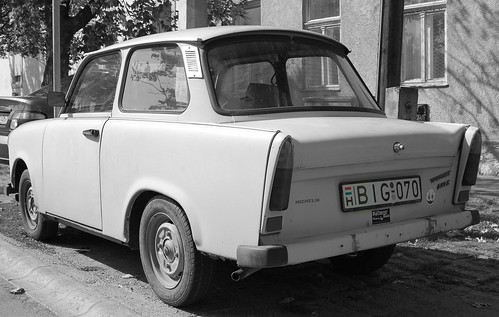 The Trabant is a true masterpiece of communist-era, East German engineering - rivaled only by the other automotive wonder from the GDR, the Wartburg.
The Trabant is a true masterpiece of communist-era, East German engineering - rivaled only by the other automotive wonder from the GDR, the Wartburg. A company in the eastern German state of Saxony (where the original Trabant was also produced) is developing a "grown-up version" of the famous Trabi, which will be introduced at the International Auto Show in Frankfurt in 2009.
A company in the eastern German state of Saxony (where the original Trabant was also produced) is developing a "grown-up version" of the famous Trabi, which will be introduced at the International Auto Show in Frankfurt in 2009.